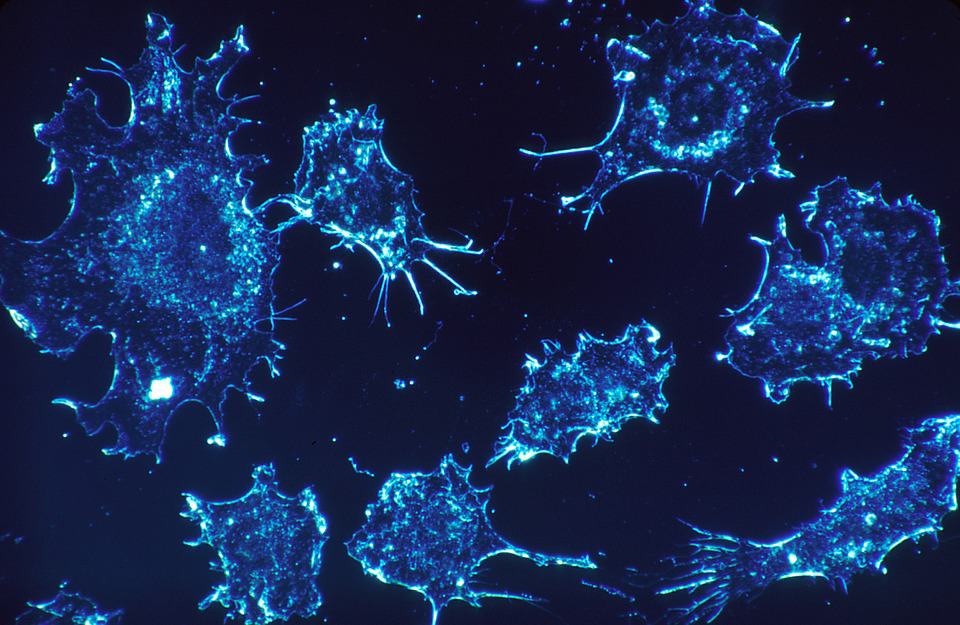
Breakthrough discovery could lead to new targeted cancer treatment
pharmafile | March 10, 2017 | News story | Medical Communications | Cancer, The Scripps Research Institute
Research conducted by The Scripps Research Institute has unearthed a potential treatment for those with prostate and breast cancer that specifically targets the cells without causing collateral damage to other cells. The form of treatment is a new class of drugs called small molecule RNA inhibitors.
RNAs are molecules that are responsible for using genetic code to create proteins, any defects that occur in these molecules can lead to the growth of cancer cells, amyotrophic lateral sclerosis, myotonic dystrophy and various other diseases.
The research specifically identified a compound that target microRNA-18a, which are the precursor molecules to an RNA. The reason to find a candidate for these molecules is due to mature microRNA-18a inhibiting a protein that suppresses cancer; in an individual where these molecules are overexpressed, cancer cells are found to multiply.
The research team discovered particular compounds that could target these molecules, one of which is called Targapremir-18a that is able to latch onto microRNA-18a, similar to a lock and key, and trigger prostate cancer death.
“This is like designing a scalpel to precisely seek out and destroy a cancer—but with a pill and without surgery…Since microRNA-18a is overexpressed in cancer cells and helps to maintain them as cancerous, application of Targapremir-18a to cancer cells causes them to kill themselves,” commented senior author Professor Matthew Disney.
In order to test whether this method of targeting cancer cells could work beyond prostate cancer, the researchers conducted a second study in patients with triple negative breast cancer. This particular form of cancer was treated because it does not respond to drugs as part of conventional breast cancer treatment and there is an overexpression of an RNA called microRNA-210.
The researchers tested a targeted drug compound, Targapremir-210, in a mouse study and received remarkable results in return. Just a single dose of the therapy slowed down tumour growth while tumour size shrank by 60% over a three-week period.
“We could apply the strategy used in this study to quickly identify and design small molecule drugs for other RNA-associated diseases,” explained study first author Sai Velagapudi, a research associate in the Disney lab.
The next step for this form of cancer treatment will be see whether results achieved in mice could potentially be scaled up to human trials. As Velagapudi mentions, the potential to expand to other diseases could see various potential uses for this new development.
Ben Hargreaves
Related Content

Geneos Therapeutics shares data from phase 1/2 trial for cancer vaccine
Geneos Therapeutics has announced that it has published positive safety, immunogenicity and efficacy data from …

Curve Therapeutics’ CSO publishes research on HIF inhibition for cancer treatment
Curve Therapeutics has announced that its chief scientific officer, Professor Ali Tavassoli has published research …

Verastem Oncology gains Fast Track Designation for combination NSCLC treatment
Verastem Oncology has announced that the US Food and Drug Administration (FDA) has granted Fast …








